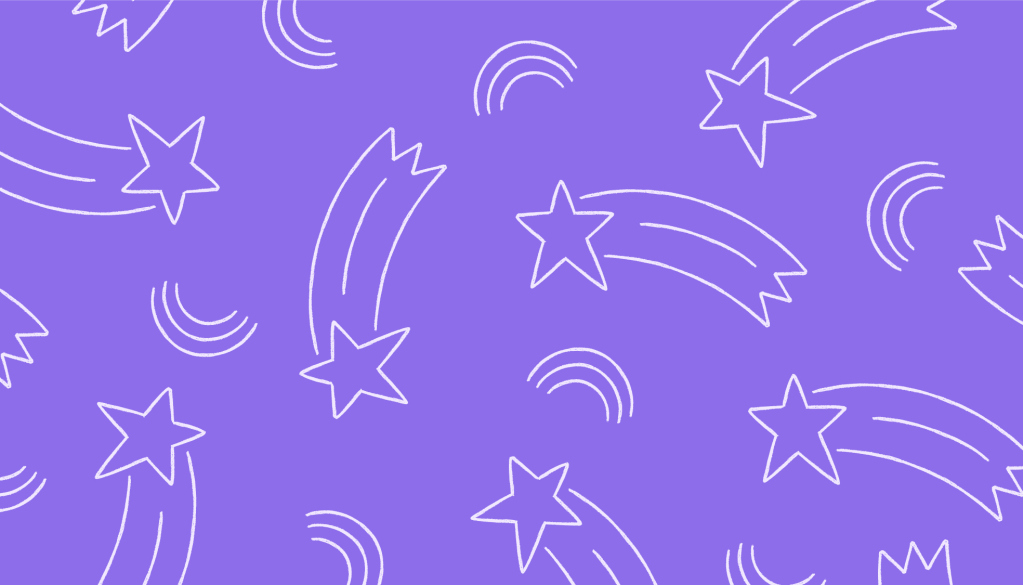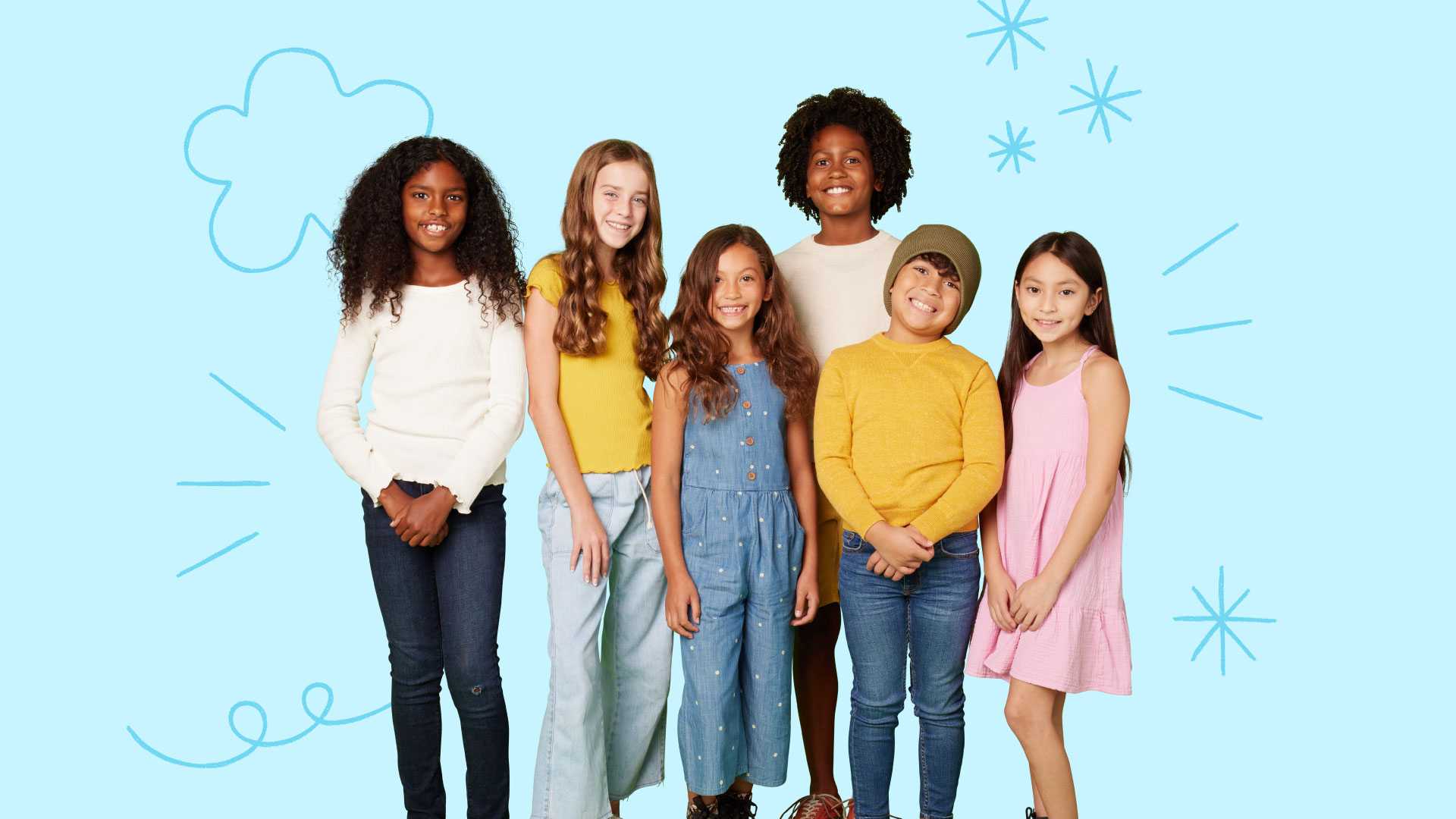
- < 1 min

Black history is American history, and this yearly celebration offers a wonderful prompt to teach our kids not only about the historical icons who changed the worlds around them but to teach them why we celebrate Black History Month. It’s not only to celebrate the historical achievements of Black Americans in this country but to celebrate their achievements in the face of adversity.
Educating your kids about Black History Month also includes educating them about slavery, racial inequality, and other difficult subjects throughout history, which can seem scary. However, it’s a great way to approach race education and navigate how to talk to your kids about diversity. As Black History Month wasn’t a federally recognized holiday until 1976— when President Gerald Ford officially declared Black History Month a national celebration–it might be worth exploring why with your children.
When children understand the full picture of history, it helps them to better understand the full picture of today. We shouldn’t be afraid to have these conversations, as having them is critical to raising informed citizens who are aware of the world and how to participate in it productively. By teaching kids about Black achievements, heroes, and the history of Black culture, we’re helping to create a new generation that will keep fighting for racial justice.
According to the American Academy of Pediatrics, children can internalize racial bias between the ages of 2 and 4, and, by 12, many kids have become set in their beliefs. This is why it’s necessary to have conversations with your kids about topics that involve historical trauma not just throughout the month of February, but year-round. As @scarymommy said, talking to children about topics like slavery isn’t going to be easy, but it is important. To raise an educated, inclusive, and humanitarian population we need to first educate our kids. Whether that starts with Black History Month, or not, remember that you have the power to raise amazing children who work to make the world a better place.
And, keep in mind, kids are far more open and resilient than we sometimes give them credit for, not to mention curious by nature.
Do your own homework. If there are things you don’t know, be honest, but commit to finding more information or reading books about it together.
Make your kids part of the problem-solving team. Ask them what they think is a good way to celebrate this month. Embrace activities. Should you visit a museum? Paint a picture? Read a book? Take a field trip?
Kick off with questions when having any conversations about race, racism, what is happening in the United States now, as well as what has happened historically.
Use empathy as a tool for education. Acknowledge that different races exist and experience life in the United States differently. Help your children understand that these differences in experience are unfair — and we need to work together to change that.
Use language and terminology that your kids can understand and that are age-appropriate.
Engage your children, ask questions, and discuss their understanding of the issues after.
Read: There are many picture books that bring the stories and histories of Black trailblazers to life (ages 3-8)
Visually explore what equality looks like
Rosa Parks worked her entire life so that all people could be treated equally. Using your child’s favorite snack or several small toys, divide the piles unequally. Discuss with your child what they could do to make all the piles equal. How would they make it equal if the number was odd? Can they think of a time when they or their friends were not treated equally? What could they have done to make things equal?
Play ‘Fair or Unfair’
Thurgood Marshall worked hard to make things fair for everyone. Practice exercising fairness by sharing different scenarios with your child that are unfair, such as they have a new toy and only one of their friends can play with it. Ask your child to decide if it is fair or unfair. Have a discussion about situations that they felt were unfair to themselves or others. What would they have done to make it fair?
Experiment with Eggs
Created by Heather Aulisio, M.ED, and education consultant at Mom Loves Best to help you talk about Black History Month and equality with little kids
Use words to do good
Maya Angelou believed that words have power. She promoted using words to do good.
Read aloud your favorite piece of Maya’s writing. Ask your child how it makes them feel. You can take this a step further by brainstorming phrases with your child that express feelings or emotions about an experience they had. Then, write them on strips of paper to create a poem by selecting and stacking the strips of paper on top of each other.
Practice being yourself.
Ella Fitzgerald built her music career by being herself. Support your child in being comfortable being themselves by practicing at home, while chatting to them about Ella’s history and her commitment to individuality
Dance, sing, or draw together, focusing on what makes each of you yourself in whatever activity you’re doing. Point out the unique moves your child makes or the special way your child draws a picture. Compliment them on what makes them special and praise them for bringing something different to their group of family and friends.
Watch: If you’re just beginning to introduce kids to the concept of Black History Month, start at the beginning by discussing what the month honors, how it started, and why it is important. National Geographic Kids and PBS Kids both offer kid-friendly walk-throughs.
Read: Books That Celebrate Black History
There are many children’s books that celebrate Black history in ways kids of all ages can understand. Here are a few of our favorites:
Celebrate: extraordinary black authors
Have your kids research African American children’s book authors, such as Christopher Paul Curtis, Julius Lester, Patricia McKissack, Walter Dean Myers, Faith Ringgold, or Mildred D. Taylor.
Read Myron Uhlberg’s book Dad, Jackie, and Me, the story of a white man and his deaf father who vigorously supported Jackie Robinson in 1947 when he became the first African American baseball player in the major leagues.
After reading the book together, discuss the ways in which Uhlberg’s father overcame prejudice
Listen and Create: Jazz Clouds
Pay homage to the great African American jazz musicians (Louis Armstrong, Dizzy Gillespie, Duke Ellington) by reading This Jazz Man by Karen Ehrhardt.
Listen to their music together and have your kids free-write phrases to describe how the music makes them feel. Type the words into wordle.net to make a colorful “word cloud” that represents jazz music.
Teach: history of desegregation
Learn about school desegregation by reading The School Is Not White! by Doreen Rappaport.
Share President John F. Kennedy’s quote, “When Americans are sent to Vietnam or West Berlin, we do not ask for whites only. It ought to be possible, therefore, for American students of any color to attend any public institution…” Discuss how this statement reflects what happened in the book
Do: Gold-Medal Math
Wow your kids with stats about Jesse Owens, the first American in Olympic track and field history to win four gold medals in a single Olympics. Depending on their age, have them use math to determine how many meters per second he ran during his gold-medal races.
Watch a Series Together
A wonderful way to celebrate Black culture is to watch movies that feature Black talent and/or highlight their stories. Sitting down and watching movies with the family is a great opportunity to educate your kids and family members about the importance of Black representation in cinema. We love:
Get Artistic: Study the Greats
Romare Bearden was a prominent collage artist based in Harlem. Share images of his work with kids on the Romare Bearden Foundation website
Teachers: Click on Education Resources to explore ways to incorporate Bearden’s work in your classroom. Begin by inviting small groups of kids to make a collage of their neighborhood in the style of Bearden’s The Block.
Make: Story Quilts
The women of Gee’s Bend, Alabama, created quilts that told stories. Read about them in Patricia McKissack’s book Stitchin’ and Pullin’. View photos of them from Auburn University’s website. Have your kids or students create quilted squares that, when put together, tell a classroom narrative.
Read Meghan Everette’s blog post ‘Celebrate Black History With Gee’s Bend Quilts’ for inspiration
There are many online resources for parents and teachers alike, from downloadable worksheets to interactive activities, focused on Black history. Here are a few of our favorite places to find them:
Let your child know you’d like to consider volunteering or donating funds as a family to national organizations—like Equal Justice Initiative—or local organizations in your area dedicated to addressing inequality. Have your child research and come back to you with philanthropies that promote equality they’d like to donate to or volunteer with